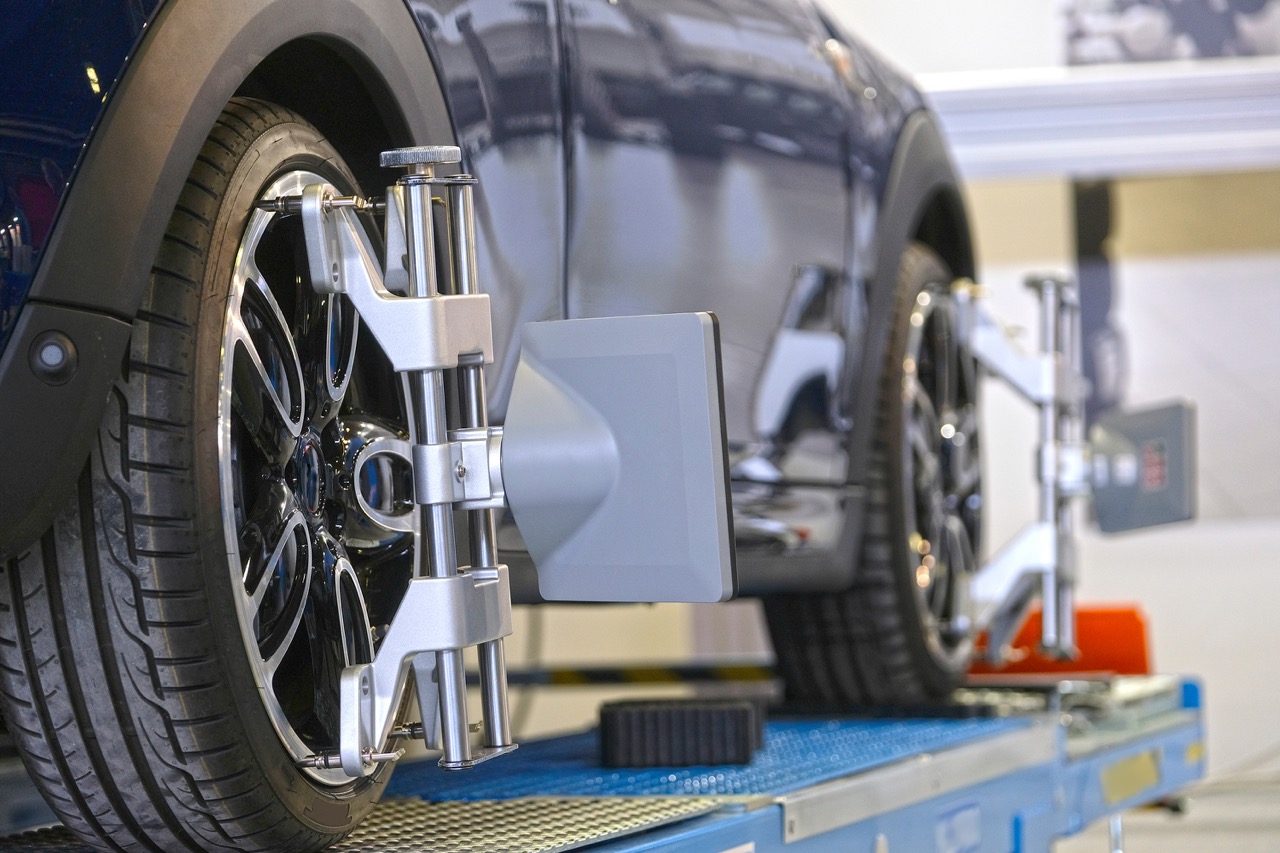
Tires are one of the essential parts of your car. Think about how you’d get from Point A to Point B without them? But, we know that wearing out new tires well before their typical lifespan can be frustrating to your day and your wallet. That’s why check-ups and maintenance are a necessity, however, having an understanding of that maintenance is also important.
At Master Muffler, we know many of our clients confuse tire rotation with tire alignment. Of course, both are vital to extending the lifespan of your tires, but it’s important to know the difference between the two services and understand when you need what.
Let’s Talk Tire Alignment
A tire alignment is a special kind of tire rotation in which an adjustment is made to the position of your tires and wheels to eliminate any caster, camber, toe, and steer misalignment. If you’re driving, have experienced bumps in the roads, or possess less than ideal steering performance when taking turns, it’s a good idea to check that your tires are adequately aligned.
If you’re bringing your vehicle into a Master Muffler, here’s what our mechanics will check everything below during a tire alignment service:
- Toe – The toe alignment determines the extent to which your tires turn inward and outward. If you think about looking down at your tires from a birds-eye-view, you’d want the centerline of the tires to go directly from the middle top to the center bottom of each tire. If the toe is out of alignment due to a positive or negative angle of the camber, your tires will be “toe-in” or “toe-out”.
- Caster – The caster is the angle of your steering axis. The correct angle makes the vehicle able to steer, stay stable, and corner without issue properly. “Positive” caster means the steering axis tilts toward the driver, while a “negative” caster points the steering toward the front of the car.
- Camber – Unlike the toe that determines the extent of how your tires turn, the camber is the actual inward and outward angle of the tire. The caster is highly important to keep aligned; improper alignment means your wheels will wear out before they’re meant to. Also, if parts like bearings, ball joints, and wheel suspension are worn down, they can all contribute to camber misalignment.
Signs It’s Time for a Tire Alignment
Some signs are easier to spot, and others are all about how your vehicle “feels” as you’re driving.
- Sharp Pulling While Steering – If you feel your car has been pulling toward one side in particular as you’re driving, this could be a sign that your tires need corrective alignment. It could also be a sign that several tires are underinflated. The best practice is to check the air pressure first to rule this one out.
- Steering Wheel Vibrations – If you’ve felt a vibration in your steering wheel while driving at even low speeds know that unbalanced tires often cause this. This happens when your tires are pulling slightly in opposite directions. Remember that a shaking steering wheel when braking could also signify that your brakes need to be replaced. If you’re feeling a vibration that’s uncommon, take your car to a mechanic as soon as you can.
- Uneven wear on tires – Uneven wear is something you might easily spot. Check your front and wear tires and ensure the patterning on each are the same. If one appears to be far less even or worn down, it may mean your tires are out of alignment.
Align Now, Not Later.
In our next blog post, we’ll talk more about the distinction of tire rotation; however, if you already see issues with the alignment of your tires and car, it’s time to contact your local mechanic at Master Muffler Ogden. Tire alignment is essential for proper tire and car care. So avoid that premature treadwear by making an appointment with us today.
Related Posts
As an EV owner, understanding your vehicle's battery is critical. From its capacity to its lifespan, and everything in between, we'll guide you through what you need to know to optimize your EV experience. So buckle up and get ready - we're about to shed some light on the electrifying world of EV batteries. What [...]
If your car is running hot, it can be a sign that something’s not right with your engine. Fortunately, diagnosing the cause of an overheating engine isn't too difficult if you know what to look for and how to address it. Keep reading if you want to learn the most common issues that occur when [...]
Your vehicle's exhaust system serves a critical role in managing the byproducts of the combustion process and ensuring optimal engine performance. The appearance of colored smoke from the exhaust pipe, either when stationary or accelerating, can provide valuable clues to underlying mechanical issues. What is a car exhaust? A car exhaust is a system [...]





